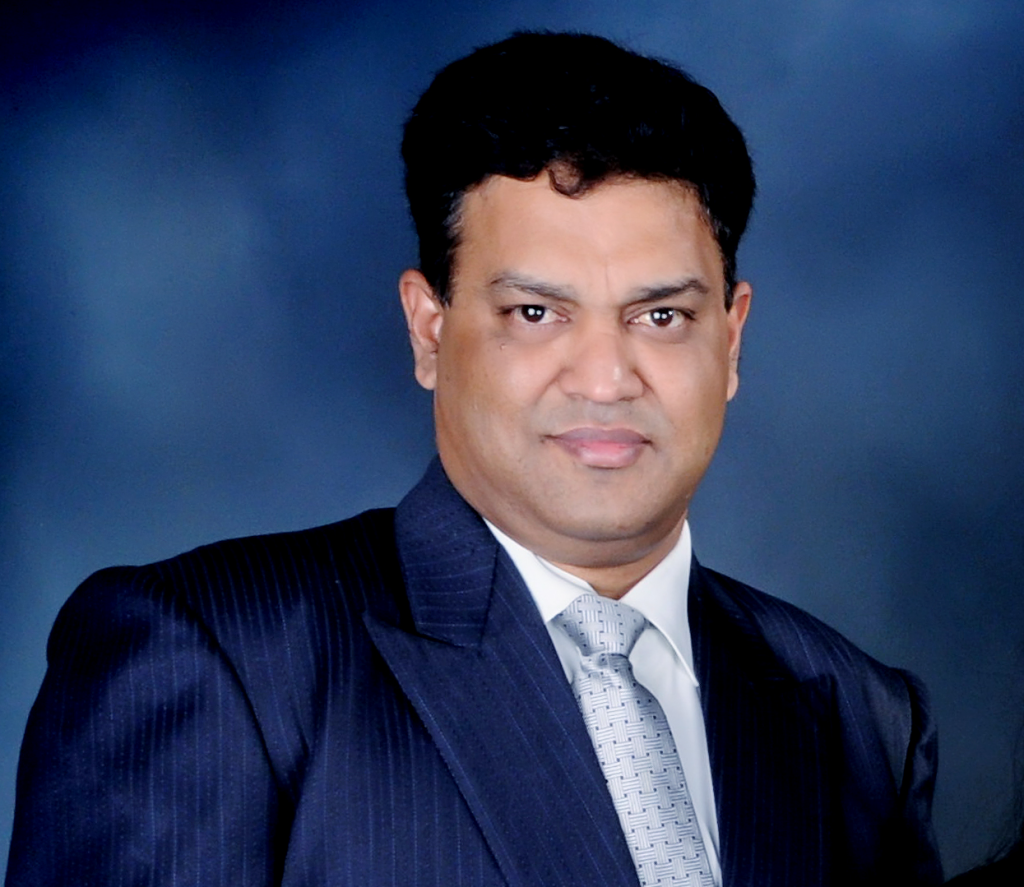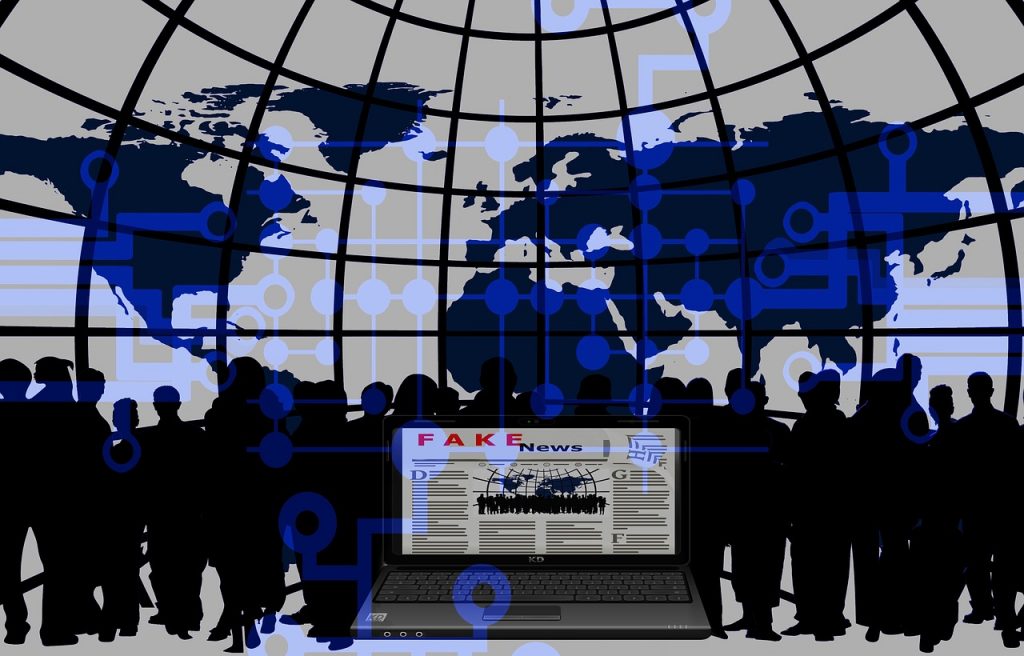Subbu Jois, Founder and CEO, Aurigraph, has been in start-ups and strategic technology leadership roles for involved decentralised computing, blockchain and microservices platforms in fintech, retail, e-commerce, healthcare, and e-learning verticals, having built products, teams, and organizations over the last 30 years with a few exits.
Mr. Jois has conceived, architected, and developed Aurigraph, a decentralised and distributed mining-less protocol. It offers a unique algorithm and security with real-time reconciliation and auditing, achieving consensus in <1000 ms and capable of scaling to >100000 transactions per second (TPS), overcoming blockchain limitations.
He believes distributed ledger technology (DLT) could be more efficient and accurate when it comes to auditing financial data. In the same line, he identifies DLT-powered platforms that could address the existing latency and high gas fee issues with the existing blockchain platforms such as Ethereum, Solano, and Ethereum’s layer-2 service providers.
He spoke to Blockchain Papers on the emerging decentralised technology and its immense use cases.
Thanks, Subbu for joining us on Blockchain Papers, please tell us your journey in the blockchain space and what made you build Aurigraph.
Subbu Jois: I started working on Blockchain back in 2015. And I have been in the corporate industry for 32 years largely building enterprise solutions. My first prediction was Blockchain might not fit in the enterprise ecosystem, due to its latency and scalability problems. There are different challenges to fit it in enterprises. Thus, I have written a separate protocol using distributed ledger technology, which is an advanced version of decentralised technology.
We wrote metaverse before metaverse gets its name.
Let me tell more about Aurigraph, its objectives are high scalability, low latency, and fitting in enterprises.
There is a joke in the industry, Blockchain is a solution looking for a problem. In the real world, it doesn’t solve many enterprise problems.
How to build something over blockchain or DLT, so that it can solve real-world problems. Hence, We built Aurigraph that offers high scaling to >100000 TPS and provides real-time transactions (Approx. 40 milli-sec per transaction) at low latency.
What is the purpose of decentralized technology, for that we learnt something from an AAA entry. We can provide real-time reconciliation and real-time track and trace.
Reconciliation is one of the biggest problems that all banks have because of which banks waive off millions of dollar suspense chain loans. In the supply-chain industry, there is a track and trace problem. For example, which batch a product belongs to and its expiry date. Both of these issues can be solved by blockchain.
Similarly, we started providing Covid i-pass, by tracking and tracing COVID-positive patients. Finding out what’s the expiry date of the vaccination, and the adverse effects following vaccination on patients by using DLT. We planned for this a year ago, we are still improvising and finding out whether someone can get COVID even after getting fully vaccinated.
More importantly, we work in the financial world and supply chain. We are working with banks and helping them to recover their 3-7% suspension loan accounts’ money using Aurigraph. We are also working with the energy sector, carbon credit, ESG, power grid, and wine marketplaces across the world.
Q. When it comes to auditing, do you believe that your DLT platform can compete with Big4?
Subbu Jois: We are actually working with existing auditing firms. We are not trying to compete with them, but by using our platform, effortless auditing could be executed by bringing DLT-led solutions with evidence. Compliance is almost real-time without the cost involved. In contrast, Big4’s traditional approach of auditing is a bit tedious and time consuming.
Q. Do you have any collaboration with governments?
Subbu Jois: We are working with some governments outside India and providing Covid i-pass services. We are offering DLT solutions to African countries and Middle-east nations. We have been working with the Ministry of Electronics and Information Technology (Meity). The ministry has also appreciated our efforts.
Q.Do you think the government should come up with a crypto policy soon? And how would it impact the overall market?
Subbu Jois: It is a vast subject and it will disrupt every single industry. So far we had only physical assets sold out. Now digital assets are being monetised. By bringing in digital asset monetisation in the crypto space, video, photograph, or speech are available to sell and buy. So far it’s the consumer-to-consumer impact of this industry.
There are many use cases in businesses and governments. We built smart contracts for loans where loans can be issued in the form of smart contracts between browsers and lenders. This is the use case of DeFi in the fiat financial sector. This is a subject to handle by regulators very carefully.
Q. As a decentralised platform owner, what would you suggest to the policymakers?
Subbu Jois: I am sure if DLT gets properly adopted and regulated, it could double the Indian GDP. It is so humongous! That requires DLT to happen.
We are working with the government. We have already built the PoC for the public offices. This can be a huge financial inclusion tool for SMEs and the informal economy. India’s informal economy is bigger than the formal economy.
Q. Most decentralised platforms have their crypto tokens, why do not Aurigraph have one?
Subbu Jois: Firstly, we are mining-less, we do not need any native cryptocurrency. Most blockchain platforms have native tokens to reward their miners. Our entire business runs over the tokenisation process. As it offers close-ended reconciliation for every transaction. The platform is tokenised but for a different purpose like security. We also tokenise our all transactions.
Q. What does the multi-party housing clearing application mean in DLT?
Subbu Jois: There are plenty of applications over DLT. India is passing a law on energy consumption. Once the law is passed we can buy energy from anywhere we want. That power grid I can use at my house at ease. Today, only large industries can do that. But once this law comes into effect, any household can buy and consume electricity. Then, we can use electricity like we use mobile phones.
Clearing house applications will streamline more than millions of households that consume energy from 40-50 thousand electricity providers. This is a perfect use case of the DLT application provisioning power consumers and generators.
Q.How do you distinguish blockchain technology from Distributed Ledger Technology? And why have you chosen DLT over blockchain?
Subbu Jois: In blockchain, you need miners to extract the transactions and validate them by 51 per cent of consensus in a chain of blocks. If you look at the time that takes low throughputs and low scalability, which is why you can put in many use cases. On the other hand, DLT is the superset of blockchain. What we are doing is the fourth generation of DLT. Fundamentally, we have overcome the limitations of blockchain.
The policymakers are working on crypto policy, which is likely to be tabled in the parliament in the winter session. Any suggestions for the government on guidelines from your end?
The government should not try to control things that they don’t know. Unfortunately in India, the Reserve Bank of India and the government have been trying to control technology, which is not their expertise. Instead of that, they should promote innovation and allow entrepreneurs and start-ups to come up with innovative ideas. A free business environment should be the first criterion.
Secondly, innovations such as Blockchain and DLT can be disruptive to existing systems. People should be open to new technology. Unfortunately, India is a risk-averse country when it comes to new technology. That is a mindset, which requires change.




Good one